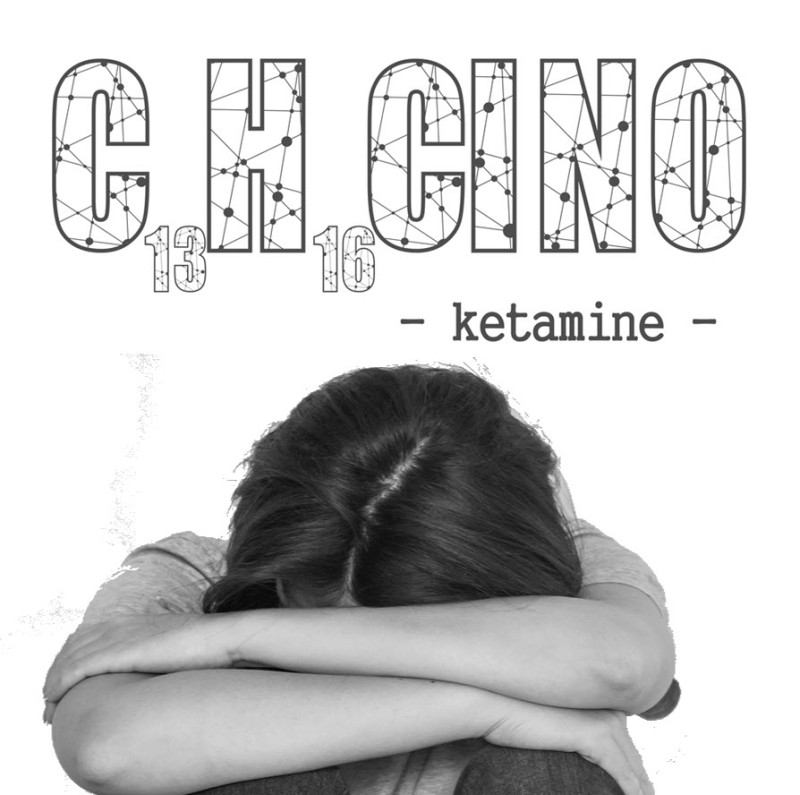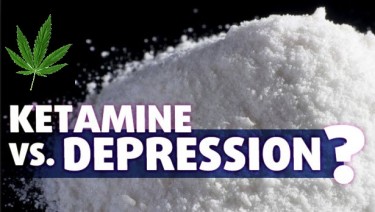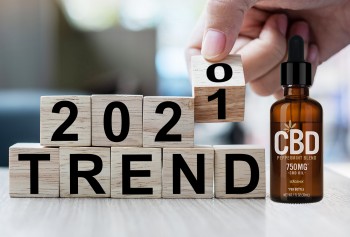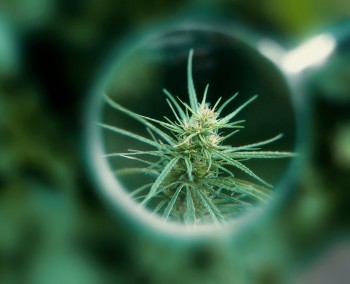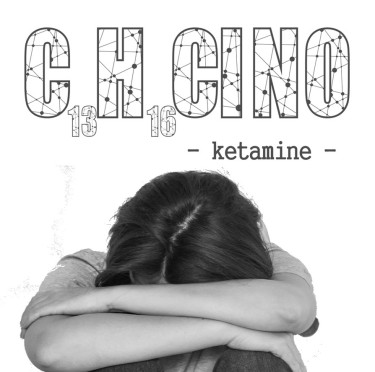
The need for intense clinical research on the medical potentials of ketamine has always existed, however getting approval for such research has always been a problem. This is why the recent approval given by the FDA for a study on the use of ketamine infusion for depressive disorder has caught the eyes of many. It comes after a series of advocates have reportedly called for an increase in the available clinical data on the efficacy of ketamine for such conditions. Read on as we take a look into the nitty-gritty of this new test and what its results could mean for patients dealing with depressive disorder.
The new study in focus
The FDA recently finalized its review of the EHVVF IND application of Ehave Inc. for assessing the use of ketamine in patients dealing with Major Depressive Disorder (MDD). The company received full approval for the study where it will be assessing the clinical efficacy of low-dose, weekly intravenous (IV) ketamine infusion for MDD. This comes after the FDA has also approved a study for the use of ketamine in the prevention of injury during organ transplant. This shows that the FDA is more particular about ketamine in terms of approving clinical studies for a wider knowledge base.
The approved study is an open-label trial which will require 35 specific participants. The selected participants will have shown insufficient response to two FDA-approved therapies for MDD. This will also include the current first line of antidepressant therapy used in a sufficient dose and appropriate duration. According to the CEO of Ehave Ben Kaplan, this clinical trial will signify a key milestone in the history of the company’s clinical programs. It is also expected to be a breakthrough for patients dealing with MDD.
The importance of EEG to the study
Kaplan recently reinforced the justification of this new study and why it is said to possess much potential. He states that though ketamine has not been approved yet by the FDA for the remission of symptoms in patients living with MDD, it has significant potential. This is why the study will be making use of an electroencephalography machine to determine the activity of the brain during the administration of the infusion. The machine will also detect the concurrent responses of the brain to the infusion of ketamine being administered. The addition of the EEG machine further increases the complexity of the study and shows why there is much attention to it across borders.
The usefulness of the EEG machine in this study was also echoed by Dr Ali who is a board member at Ehave. He states that the use of the machine to observe brain changes is pivotal to identifying potential biomarkers that are yet untapped in times past. These biomarkers can then be used later to identify patients with MDD that can respond to the treatment with ketamine infusion upfront. This will encourage quicker recommendations to be made to patients. It is also expected to reduce the degree of trial-and-error use in the course of treatment of patients.
Benefits of ketamine therapy over conventional treatments
The current FDA-approved depression treatments involve the use of selective serotonin reuptake inhibitors (SSRIs), serotonin-norepinephrine reuptake inhibitors (SNRIs), monoamine oxidase inhibitors (MAOIs), and tricyclic antidepressants (TCA). Psychotherapy has also been actively used as an approved mode of treatment for depression yet all have proven ineffective for severe cases. The ineffectiveness of these common classes of pharmaceuticals led to the search for new drugs that can prove effective as an antidepressant. This led to the repurposing of anaesthetic ketamine as an antidepressant and off-label analgesic and is the basis for the current inquiry into the potential of ketamine with MDD.
The discovery of ketamine as a potential antidepressant has been a breakthrough, particularly for patients with MDD. This has spurned the demand for research on its effectiveness and degree of activity. The clinical research conducted on ketamine showed the disadvantages of the intravenous administration of ketamine. These symptoms include patient discomfort, serious adverse reactions, and increased risk of diversion to the grey market. Racemic ketamine has always been used traditionally intravenously as an anaesthetic at high doses however its use as an antidepressant is effective at lower doses.
The benefit of IV administration of ketamine at low doses for MDD has been actively spelt out by Ehave. The commencement of the therapy at low doses creates room for greater dose control and will allow for appropriate modulation of the dose with respect to the patient. The use of IV ketamine also offers the advantage of reduced cost of drug acquisition. This is bound to be good news for patients dealing with MDD as it reduces the economical demand for managing the condition.
What to expect after the results of the study
Some outpatient clinics in the U.S. are already offering IV ketamine therapy for patients dealing with MDD. These clinics have provided results that show the efficacy of the ketamine treatment for patients with MDD. We can therefore expect the number of such clinics to increase after the completion of this study and the delivery of results. If the efficacy of ketamine at low doses is sufficiently established, it will spark a new life in the quest for appropriate therapies used for depressive disorders.
This is just one in the line of new therapies that companies such as Ehave are beckoning on the FDA to give approval on to facilitate research. Once approval is given, there is room for exploration into the potential of these drugs and their efficacy in different conditions. In the case of ketamine, the conditions and intravenous administration and low dose usage. This can also be applied or modified to see its efficacy on other conditions related to depressive disorders. One thing that remains sure for now is that an increase in research is beneficial to both patients and health professionals and that is what we need at the moment.

